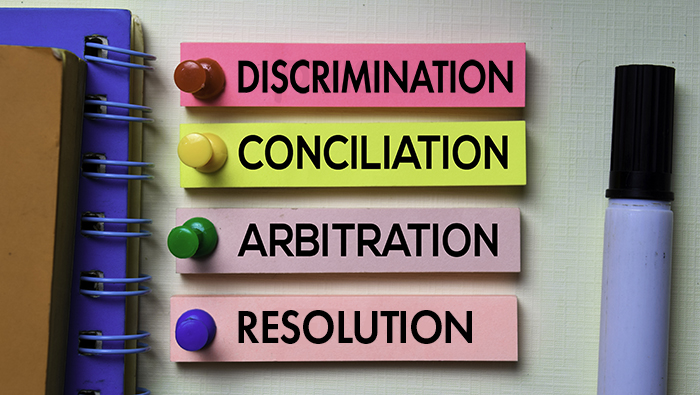On June 24th, 2021, the U.S. House of Representatives (House) voted to overturn a Trump-era EEOC employment bias rule. Following the Congressional Review Act, the House’s vote comes after a May 19 vote from the U.S. Senate also overturning the rule. Specifically, the Trump administration imposed new procedures on the Equal Employment Opportunity Commission’s (EEOC’s) duty to settle employment discrimination claims. Basically, the EEOC would settle these claims through a conciliation process. Subsequently, after the House and Senate overturn votes, President Biden will receive the bill to sign into law. Earlier, in March 2021, the EEOC released its enforcement data for Fiscal Year 2020.
Background of Trump Administration Rule
Overall, in late 2020, the Trump Administration changed how government agencies enforced workplace anti-bias laws. For instance, the rule restricted the U.S. Department of Labor from referring worker complaints directly to the EEOC. Also, the Justice Department received heightened oversight over any workplace bias complaints received. That is to say that the EEOC could not contradict the Justice Department in any related bias litigation.
Title VII and Conciliation
Title VII of the Civil Rights Act of 1964 requires the EEOC to attempt and conciliate (settle) discrimination charges. Specifically, these charges are those that the agency believes have merit before considering moving toward litigation. Undeniably, a Supreme Court decision (Mach Mining, LLC v. EEOC) clarified how the EEOC satisfies conciliation requirements. Markedly, the decision held that courts have authority to review whether the EEOC has fulfilled its duty to attempt conciliation. Since 2015, the EEOC has consistently followed those standards. Following Congress’s decision to overturn the EEOC employment bias rule, the Mach Mining ruling again dictates the EEOC’s conciliation process.
EEOC Conciliation Efforts
In conclusion, the EEOC obtains relief through conciliation for thousands of working people each year. Furthermore, the EEOC has recently conciliated a more significant percentage of cases. For example, in Fiscal Year 2010, the EEOC achieved 27% successful conciliations. In Fiscal Year 2020, successful conciliations rose to nearly 44%. Additionally, in Fiscal Year 2020 alone, and before adopting the EEOC employment bias rule, $38.8 million was recovered for victims of discrimination through conciliation.

